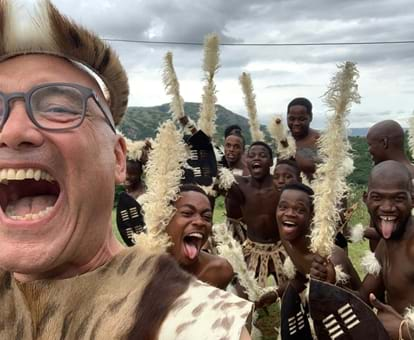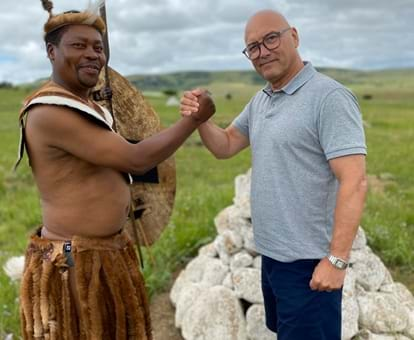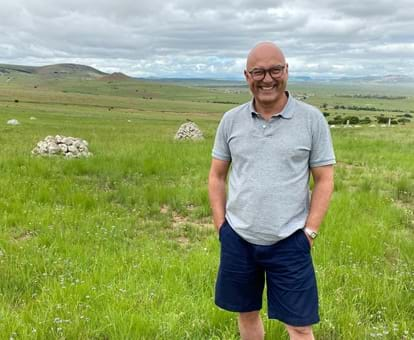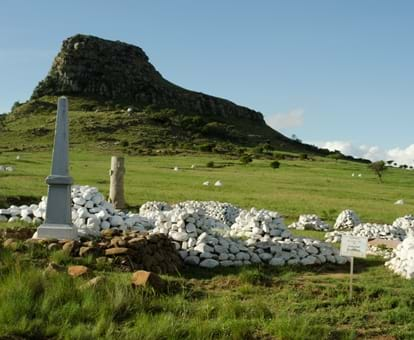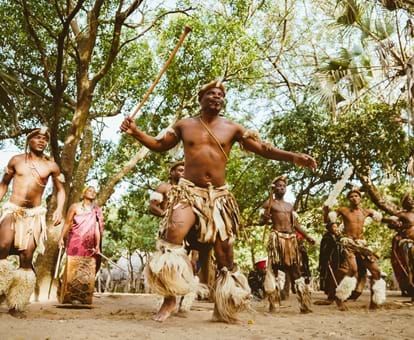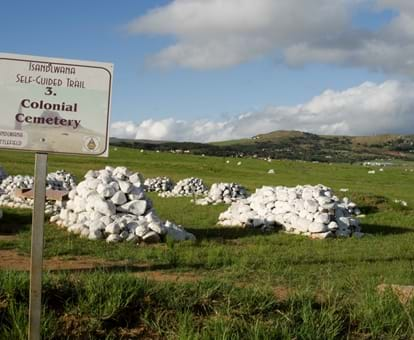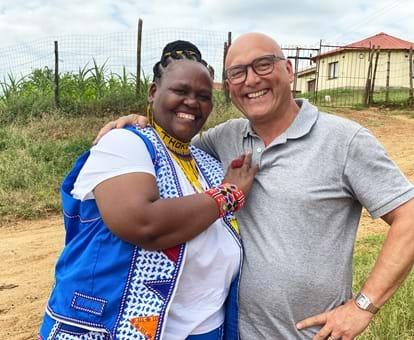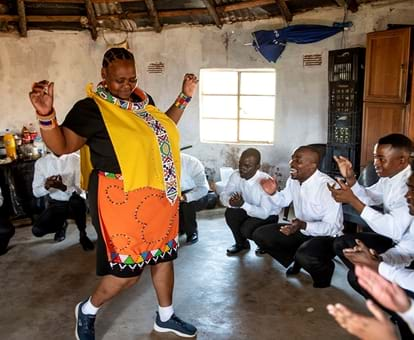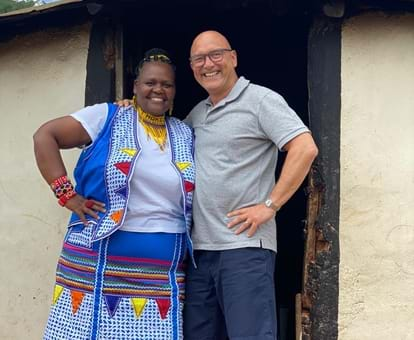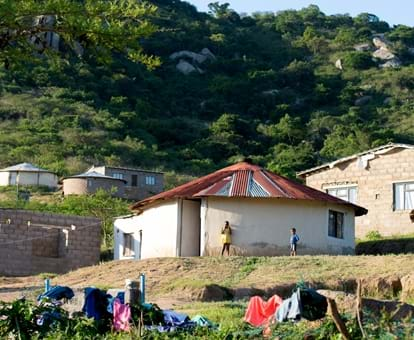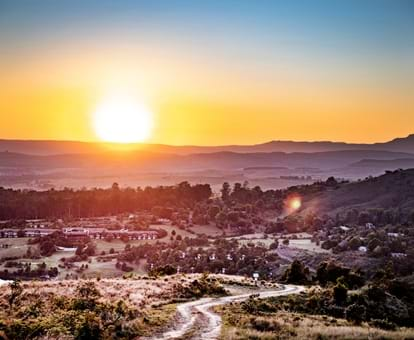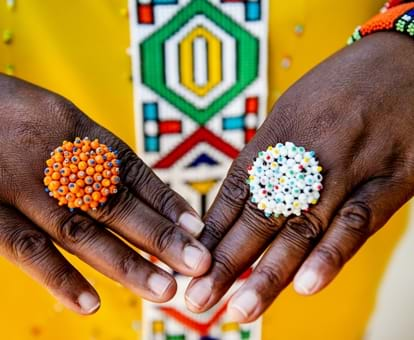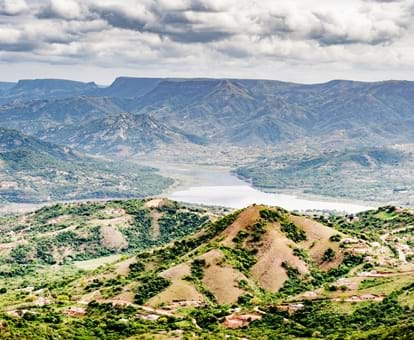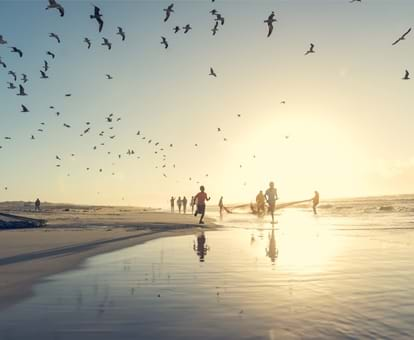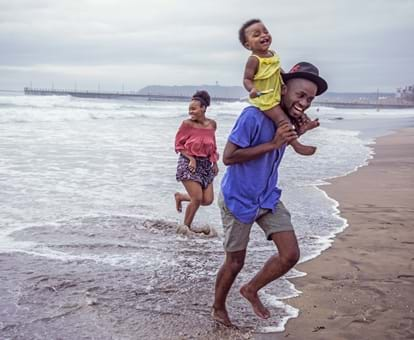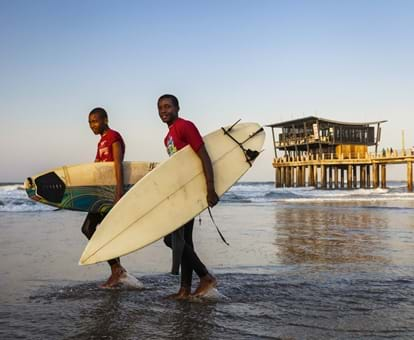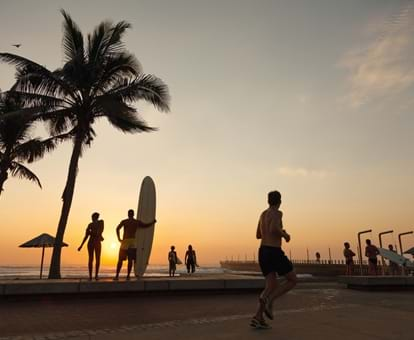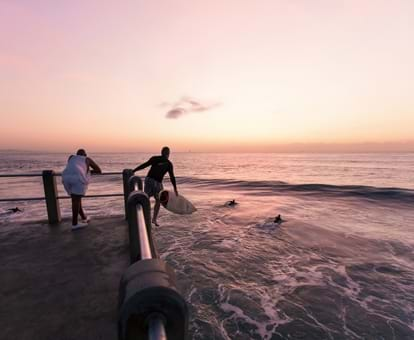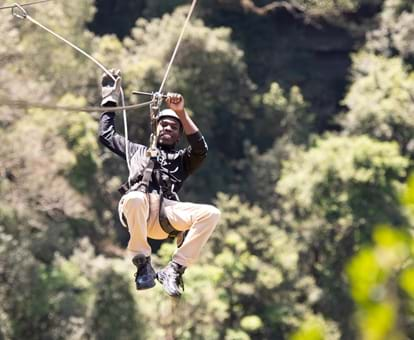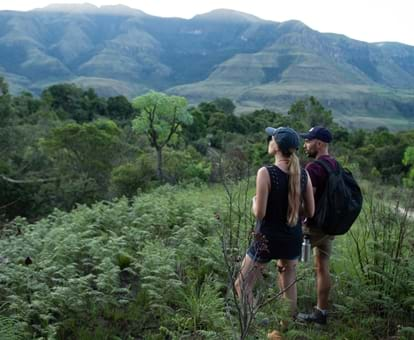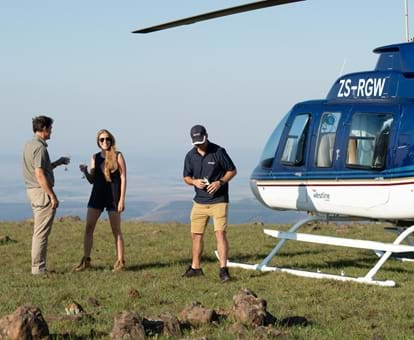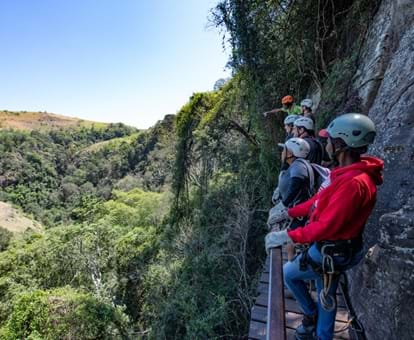By creating an account, I agree to the
Terms of service and Privacy policy
Choose your country and language:
Africa
Americas
Asia Pacific
Europe
OOn ITV’s ‘South Africa with Gregg Wallace’ final episode, which aired on Tuesday, 9th February 2021, Gregg experiences the breathtaking natural beauty, vibrant culture, rich history and of course, delicious food of the Zulu Kingdom; KwaZulu-Natal. Catch up on the ITV Hub here.
“To encompass the very best of the KwaZulu-Natal, you want to incorporate the four B’s: beach, battlefields, berg and bush. Keep reading to discover the perfect itinerary.”
IIn episode 6, Gregg Wallace travels to the diverse Zulu Kingdom, home to rugged mountains, historic battlefields and rich wildlife. Gregg is keen to discover the fascinating culture of the Zulu people and he’s in the right place! After a quick snack of rusks and coffee, Gregg departs Durban and takes to the skies to witness a birds-eye-view of the beautiful landscape below, made up of deep valleys, lush hills and towering mountains. Soaking up the panoramic views of the Buffalo River, Gregg is transported to the highlands of the province. This area has the highest concentration of battlefields in South Africa; the Zulus, Boers and British battled it out here over a period spanning almost 70 years! History was Gregg’s favourite subject at school, so was thrilled to be able to visit the famous battle sites of Rorke’s Drift and Isandlwana and hear the fascinating stories of the battles that took place here by local storyteller and expert of the 1879 Anglo-Zulu war, Mphiwa Ntanzi.
AAfter learning about the abundant history of this province, Gregg sets out to master about the Zulu culture, and is warmly welcomed to lunch by ‘Meet Your South Africa’ guide Thoko Jili – a local woman with a zest for life and a genuine passion for her vibrant culture. Thoko is excited for Gregg to meet the residents of Isithumba village, but before lunchtime, Gregg is taken to the heart of the village community – the river. Although modern life is present, traditional rituals are still embedded in this community as Thoko explains that many young Zulu men and women will come to the river to find love.
Gregg is lucky enough to visit the village on a Saturday and enjoys a communal lunch with the locals. Most of Zulu cuisine is locally sourced from what can be grown or raised on the land and is primarily a vegetarian based diet, with meat eaten on special occasions. Gregg is delighted with his home-grown meal – fresh chicken, rice and vegetables.
AAs Gregg’s visit comes to an end, he is lucky to witness a traditional Zulu dance ritual that is performed at major ceremonies such as birth, weddings and coming of age. A heart-warming end to an incredible series showcasing the very best of South Africa.
When asked if Gregg had any secrets from behind the scenes filming, he said: "At a place called the Oyster Box, a beautiful hotel in KwaZulu-Natal, this sign on the wall, right next to the beach, said, 'Be careful of your personal belongings, monkeys may drop in.' That was different to the usual signs you get in London. I also had a Zulu driver for four days, who said to me he identified with me because we had both been divorced. The only difference was I lost my house, whereas he said his wife kept all their cows!"
Meet warm-hearted Zulu guide, Thoko Jili:
TThe diversity of this province can be merged into the four B’s: Beaches, Berg, Battlefields and Bush. Read below and uncover your perfect trip to KwaZulu-Natal.
Beaches
KwaZulu-Natal is fringed with wide, secluded shorelines that meet the warm waters of the Indian Ocean. Summer here is hot and the water calls for a surf or swim, but make sure you get out at first light onshore for some of the best waves in the world. The KwaZulu-Natal coastline is divided into three zones: Durban, North Coast and South Coast.
Thanks to the year-round warm climate and perfect swells, Durban or Surf City, has The Golden Mile with its perfect beaches tucked between a series of piers. These are all consistent beach breaks capable of holding sizeable winter swell and summer cyclone swell. They are popular for surfers and surfing lessons are always encouraged, even if you are a first timer! The most popular are Bay of Plenty; New Pier; North Beach; Wedge and Dairy beaches. Learn what else can you do whilst in Durban here.
TThe first South Coast beach, Amanzimtoti, is a 20-minute drive from Durban, followed by Warner Beach. Further south, Scottburgh’s consistent right point break means there’s always someone in the water, while Happy Wanderers’ right reef break is empty until conditions are perfect. An hour further south is a number of good reef-to-sand surf spots: Margate; Uvongo; St Michaels; Umzumbe and Lucien. North of Durban, surf spots worth a visit include Ballito, Umdloti, Westbrook, Umhlanga, Salt Rock, Sodwana Bay and Richards Bay. Of these, Ballito and Umhlanga have the best waves and enjoy a vibrant beach culture, with oodles of accommodation, while Westbrook features a long right when the swell is not too big.
If you’d prefer to stay on dry land, you can soak up the views from the powdered-sand beach. The charming coastal town of Umhlanga, only 15-minute drive from Durban, is a popular spot for holidaymakers and is home to the Insta-worthy Whalebone Pier and luxurious Oyster Box Hotel – one of the best spots in Durban for a curry. The perfect water conditions also attract an array of marine life including seasonal visits from whales and year-round dolphin residents. To discover more about the marine life, click here.
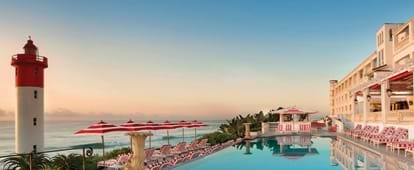
BBerg (the Drakensberg Mountains)
Once you’ve felt the sand between your toes, it’s time to head to the mountains. The Drakensberg Mountain range, also known as uKhahlamba, is the highest mountain range in Southern Africa and part of the Great Escarpment. It’s an area of spectacular natural beauty and indigenous history, with rock and cave art being found here. The area is made up of deep, luscious valleys, snaking rivers and peaks that reach up to 3,842 metres high. The mountains scenic beauty can be explored on foot by many multi-level hiking trails, from the air by helicopter and by other exciting activities including white water rafting, quad biking and mountain biking.
Battlefields
You can discover the historic battlefield sites of the Zulu Kingdom here. Storytelling tours can be easily organised through your accommodation; we recommend a stay at Fugitive’s Drift or Islandlwana Lodge - both perfectly located for impeccable exploration of the battlefields.
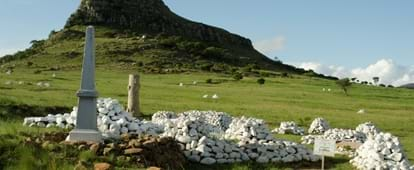
Bush
A province home to such diverse landscape, it’s no surprise that KwaZulu-Natal is also home to remarkable wildlife, with a range of game reserves waiting to be explored. You can witness the Big 5 on a luxury inclusive safari experience at Thanda, Nambiti and Phinda private game reserves, or if you’d prefer to discover the Zululand bush on a guided day tour or self-drive, you can do so at the stunning and one of region's biggest attraction Hluhluwe-iMfolozi Park. The park offers visitors game drives, self-drive game routes, guided walks and wilderness trails that provide an intimate bush experience.
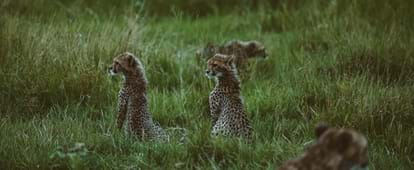
PPhoto by photographer Craig Howes
Cuisine
If there’s one thing you should know about KwaZulu-Natal, it’s that you will never go hungry. The provinces cuisine reflects its rich history that span from the indigenous foods of the Zulu nation to European and Indian influences. A must-try whilst visiting KwaZulu-Natal is bunny chow; a hollowed loaf of bread filled with delicious curry – a nod to the rich Indian heritage of this region. Discover the top 5 places for bunny chow here.
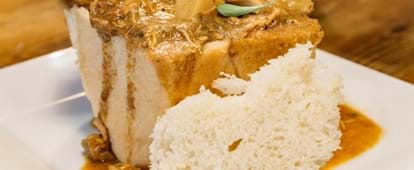
GGetting around
The main airport of KwaZulu-Natal is King Shaka International airport in Durban, with easy connections from major airports Johannesburg and Cape Town daily. Although the city is easily accessible by foot and taxi, the best way to travel around KwaZulu-Natal is by car hire. The roads are well paved and sign posted, just look out for ‘South Africa’s traffic lights’ in the more rural areas – better known as cows.
Need some inspiration on how to package your South Africa holiday? Here is our suggested itinerary:
This two week itinerary takes in the 'best of' South Africa's KwaZulu-Natal province. Starting in Durban, the route takes you into the magnificent Drakensberg Mountains and the historic Isandlwana Battlefields. It also has a healthy dose of wildlife, with game drives at Hluhluwe Game Reserve - South Africa's oldest game reserve and UNESCO World Heritage listed iSimangaliso Wetland Park. Finally the trip finishes up with a visit to Nelson Mandela's historic capture site in Howick and the iconic Howick Falls, before returning to Durban to board your flight home.
WWe hope you enjoyed the ‘South Africa with Gregg Wallace’ series and have discovered a new love for the Rainbow Nation. If you missed any episodes or want to re-watch, you can catch up on the ITV hub here.
South Africa with Gregg Wallace
Discover more
Related Articles

|Terms and conditions|Disclaimer|Privacy policy|Social Media Terms and Conditions|Competition Terms and Conditions
